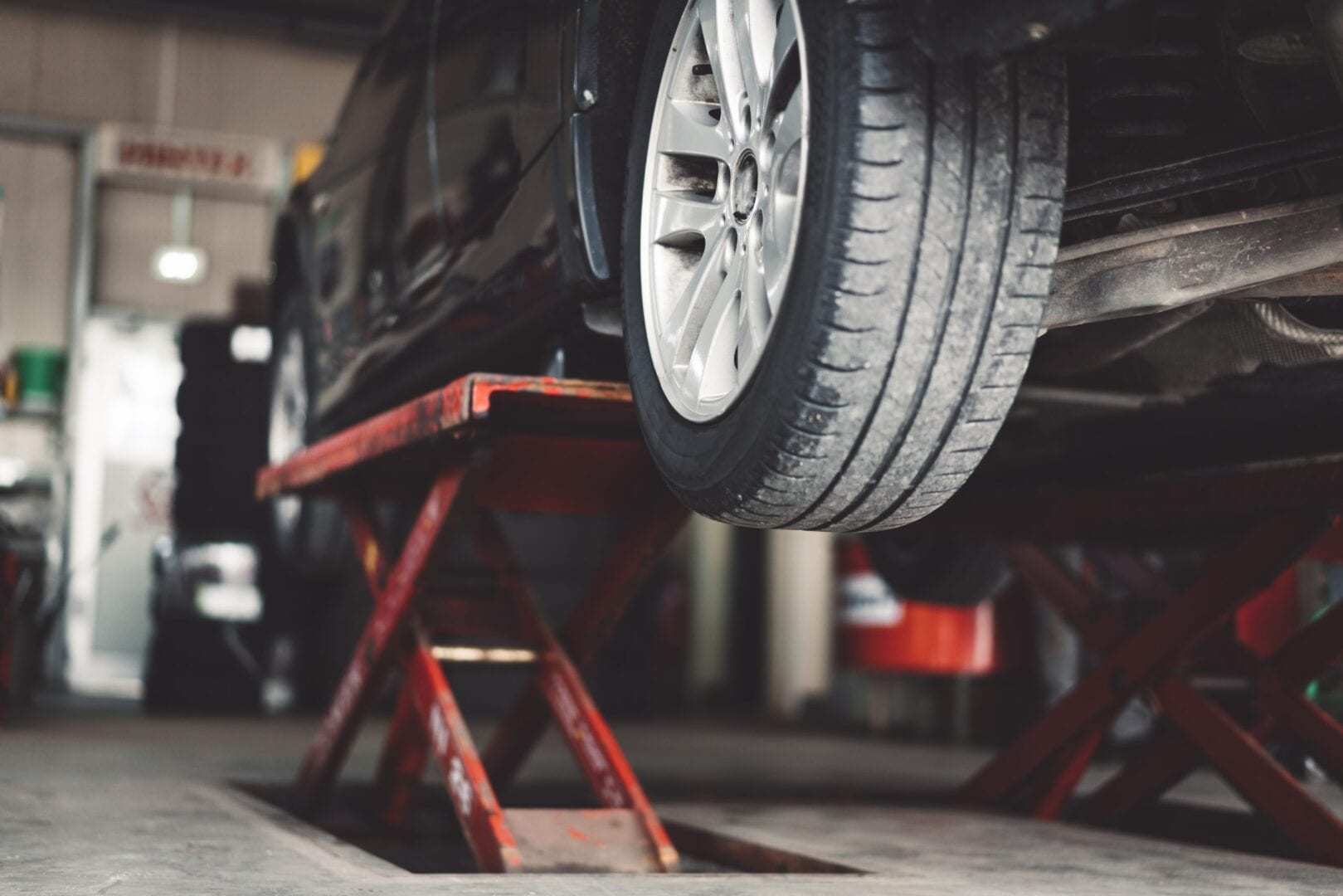
A flat tyre can be frustrating, but it doesn’t have to ruin your day; with the right equipment, you can change your flat tyre in less than fifteen minutes.
At Granite Breakdown, a division of CRASH Services, one of the most common callout reasons is tyre issues, in particular flat tyres.
Flat tyres happen in all seasons and on all roads.
And the reasons for flat tyres are varied too, including over and under-inflated tyres, road conditions, sharp objects as well as valve stem and tyre bead leakage.
Although it might scupper your plans temporarily, you can change your tyre safely and quickly with these top tips from Granite Breakdown’s Stephen Savage.
Safety first
“Make sure you’re safely pulled in on the hard shoulder or as far off the road as possible before attempting to change your tyre,” Stephen says.
“Put your hazard lights on to alert other motorists so that they can slow down and if necessary, prepare to move around your car,” he advises.
Locate your spare tyre
Most cars usually have a space saver wheel in the boot.
However, these are only designed for temporary use.
Stephen explains, “With car manufacturers cutting costs and trying to increase a car’s miles per gallon, space savers are increasingly common.
There should be a sticker on your space saver tyre which recommends the speed you can drive with it fitted but as a general safety tip, drive no faster than 30MPH.”
Equipment you’ll need
Stephen says you’ll need several key pieces of equipment.
“You will need a jack for lifting your car off the ground, a wrench for unscrewing the wheel nuts and ideally a wheel chock to stop the vehicle rolling when it’s jacked up.
“If your locking nuts are fitted you might also need a wheel nut key.
It’s also a good idea to glance through your car’s handbook; it’s a good reference point on your specific car model and jacking points.”
Stephen says other nice-to-haves, but not essential, are a torch, a tyre pressure gauge and a pair of gloves to save your hands from getting dirty.
He added, “If you have a reflective jacket, put it on and if you have a warning triangle in your boot, put it out.”
Before you begin.
“Before you start removing the tyre make sure your handbrake is on and if you’ve anyone else in your car, ask them to stand outside in a safe area away from the road and car.” Stephen advises.
He continued, “Position your wheel chocks to make sure your car doesn’t roll when it’s jacked.
Wheel chocks are plastic, rubber or metal safety tools to stop your car rolling and can be bought online or in most motor factor supply shops.
Position the wheel chocks, ensuring the wheel at the opposite side from your flat tyre has a chock placed behind the wheel.
For example, if your driver’s side rear wheel is flat, put a chock behind the passenger side rear wheel.
If you have more than one chock, place them behind the three wheels.” he adds.
Step by step
1. Loosen your wheel nuts – Before you jack up your car loosen your wheel nuts.
2. If you’ve got hub caps, remove them.
3. Turn the wrench anti-clockwise, enough so that the nuts can be loosened the rest of the way by hand. Don’t altogether remove them just yet.
4. Jack up your car. After having a quick look through your car’s handbook, you will know the location of your model’s jack points.
5. Slowly raise your vehicle using the jack.
“About 10-15cm in height should be enough,” says Stephen, adding, “If in doubt check your car’s handbook.”
6. Remove wheel nuts and the flat tyre.
“Using your hands, loosen and remove the wheel nuts and slowly pull the tyre towards your chest until it fully removes.” Stephen explains.
7. Position your spare wheel on to the bolts.
Stephen says, “Gently, one by one, place and tighten each of the wheel nuts.”
8. Release the jack slowly to lower the car down.
“Try and lower the jack just so that the spare tyre now makes contact with the ground,” Stephen advises.
“Using your wrench, fully tighten the wheel nuts,” he adds.
9. Lower the car fully.
Release the jack fully to the ground and remove the jack.
“Check your wheel nuts one last time to ensure they’re tight.” Stephen says.
10. Put everything back in the boot.
Lift your flat tyre, jack, wrench and all other equipment and put it safely into the boot.
And breathe. You’re over the hard part.
Don’t forget to drive slowly and if your spare tyre feels a little flat, stop at the next garage to check the air pressure.
Remember, you should get a new tyre fitted as soon as possible.
Granite Breakdown’s Stephen Savage added, “If you don’t want to worry about the hassle of flat tyres in the future, why not take out an annual membership with Granite Breakdown? And we can do it for you!”
Over 20,000 Northern Ireland members trust Granite Breakdown. You can get an annual membership today for only £80 – get yours today. Full terms, conditions and exclusions are available in this car breakdown service brochure.
If you’ve been in an accident that wasn’t your fault, get in touch with one of our claims team today. We take care of everything…at no cost to you.








